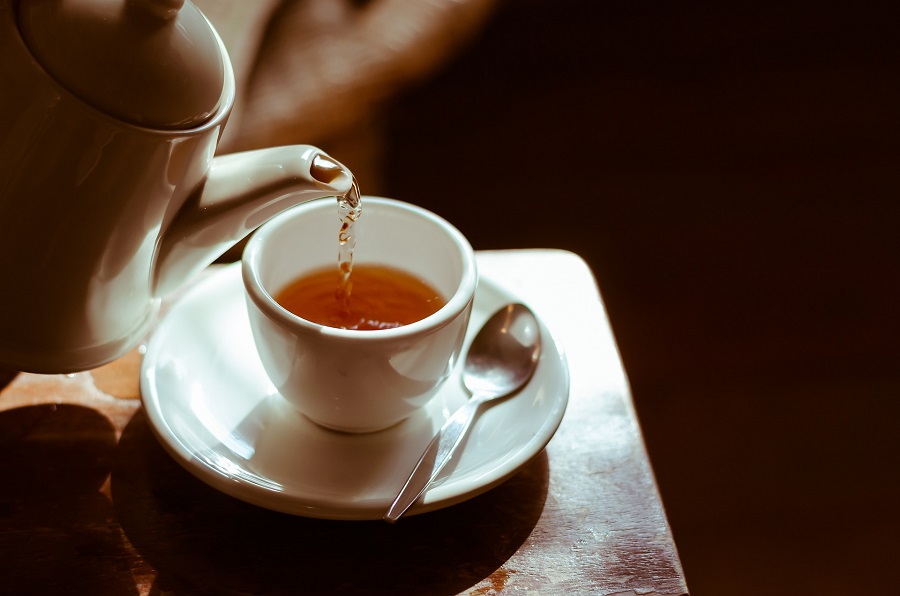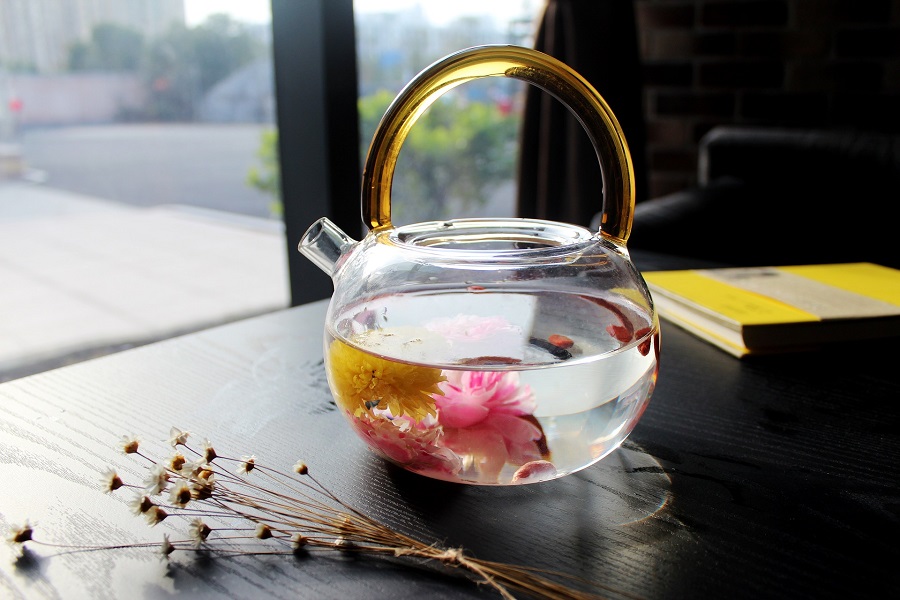The misleading claims on food labels

Are you still consuming the so-called healthy food but actually taking in a large amount of unhealthy junk? Without strict regulation, many food labels can be misleading, making it hard for you to recognize what’s good to eat and what’s not. No worry, today we’ll walk you through common misleading claims on food labels, and some skills to recognize false advertising.
Check the ingredients list
The ingredients list clearly shows you what the product contains. To check if a product is healthy or not, firstly go for the first three ingredients -they usually hold the largest part of the ingredients. If they are refined grains, added sugar, or hydrogenated oils, the product is unhealthy; if the top three places include whole foods, take a look at other ingredients as well. Sometimes food manufacturers may try to conceal the unhealthy ingredients by listing healthy ones on top.
Notice the serving sizes

The food labels often include the number of calories and nutrients in a single serving, but most of the time you may be having two, three, or more servings a single time. So for those who want to keep control of their weight, it’s important to know the exact serving sizes of what you are eating.
Determine the misleading claims

The common misleading claims on food labels are as follows:
Natural: this is maybe the most abused word by food industry giants. It can be simply related to a certain part that is natural. For example, the food is claimed to come from a natural source like pasture.
Multigrain: It sounds like the food is full of whole grains, however, it just means all kinds of grains that are not necessarily whole.
No added sugar: No added sugar may mean that the product itself contains enough sugar, or that artificial sweeteners are added.
Organic: It can only tell you that the product follows some regulated standards, the product can still be unhealthy. For instance, it may contain some additives, such as sugar.

Gluten-free: Gluten-free product doesn’t include wheat, rye, or spelling, but it doesn’t mean it contains no other unhealthy ingredients like fats and sugar.
Low-calorie: Different food companies have different standards about calories, that is to say, the low-calorie product of one company may be even higher in calories than another company. Besides, for many low-calorie beverages, chemical sweeteners are usually added.















